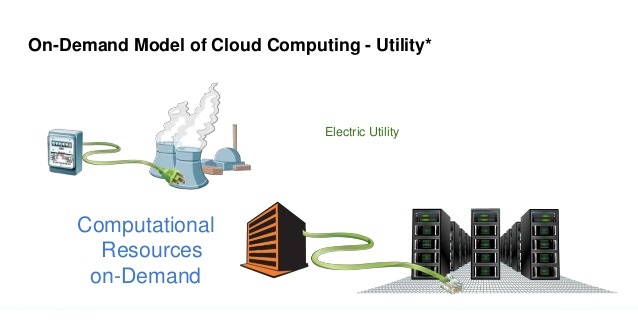on-demand computing

On-demand (OD) computing is an increasingly popular enterprise model in which computing resources are made available to the user as needed. The resources may be maintained within the user’s enterprise, or made available by a service provider.
The on-demand model was developed to overcome the common challenge to an enterprise of being able to meet fluctuating demands efficiently. Because an enterprise’s demand on computing resources can vary drastically from one time to another, maintaining sufficient resources to meet peak requirements can be costly. Conversely, if the enterprise cuts costs by only maintaining minimal computing resources, there will not be sufficient resources to meet peak requirements.
On-demand computing products are rapidly becoming prevalent in the marketplace. Computer Associates, HP, IBM, Microsoft, and Sun Microsystems are among the more prominent on-demand vendors. These companies refer to their on-demand products and services by a variety of names. IBM calls theirs “On Demand Computing” (without the hypen). Concepts such as grid computing, utility computing, autonomic computing, and adaptive management seem very similar to the concept of on-demand computing. Jason Bloomberg, Senior Analyst with ZapThink, says that on-demand computing is a broad category that includes all the other terms, each of which means something slightly different. Utility computing, for example, is an on-demand approach that combines outsourced computing resources and infrastructure management with a usage-based payment structure (this approach is sometimes known as metered services).
Many industry insiders expect on-demand computing to become the most pervasive enterprise computing model within the next few years. According to Irving Wladawsky-Berger, IBM’s vice-president of technology and strategy (quoted in a ZDNet Tech Update article), “The technology is at a point where we can start to move into an era of on-demand computing. I give it between two and four years to reach a level of maturity.”